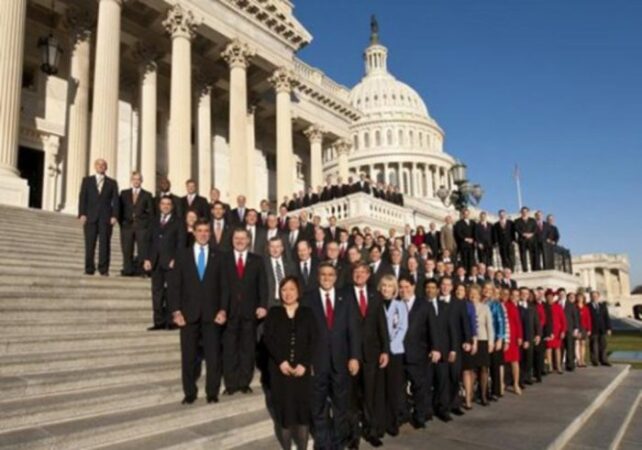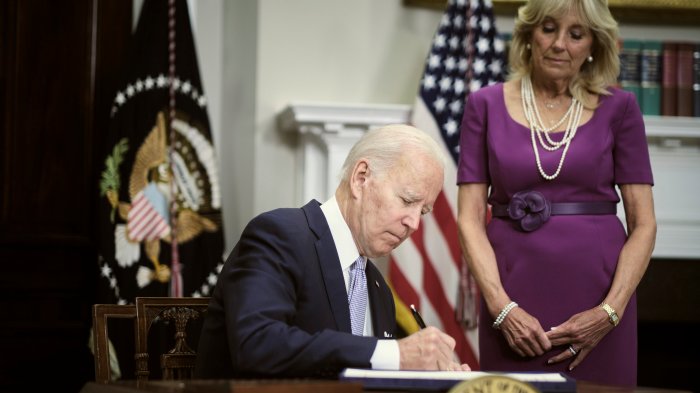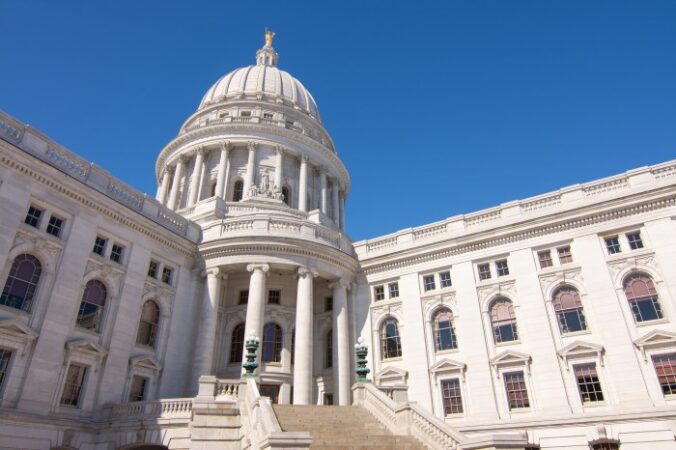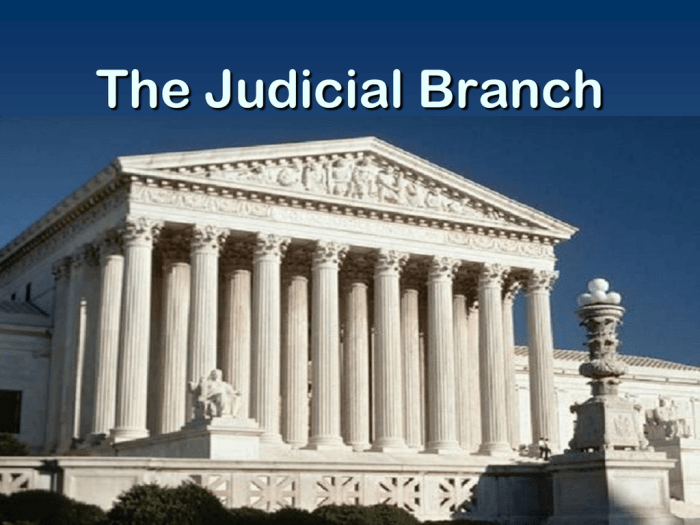
Who signs the bills into laws sets the stage for this enthralling narrative, offering readers a glimpse into a crucial aspect of government. Imagine a bill, carefully crafted by lawmakers, awaiting its final transformation into law. This transformation hinges on the signature of the President, the head of the executive branch. This act, seemingly simple, holds immense power, shaping the course of the nation.
The President’s role in the legislative process extends beyond simply signing bills. They possess the authority to veto legislation, effectively blocking its passage. This power acts as a check on the legislative branch, ensuring that laws align with the President’s vision and the best interests of the nation. The journey of a bill from conception to law is a fascinating process, intertwined with the power dynamics of the executive and legislative branches.
Challenges to the Process

The signing of a bill into law is a complex process that can be subject to various challenges. These challenges can arise from political considerations, legal disputes, or even logistical hurdles. Understanding these challenges is crucial to grasping the intricacies of the legislative process and the potential impact on the implementation of new laws.
Potential Challenges in the Signing Process
The signing process can be fraught with challenges, both procedural and political. These challenges can significantly impact the timeline and the ultimate fate of a bill.
- Political Opposition: A President may face significant pressure from within their own party or from the opposing party to veto a bill, even if it has passed through Congress. This pressure can stem from ideological differences, concerns about the bill’s impact on certain constituencies, or even strategic political calculations. For example, President Trump’s decision to veto the National Defense Authorization Act in 2020, despite bipartisan support, was driven by his desire to pressure Congress to repeal Section 230 of the Communications Decency Act, a provision that shields social media companies from liability for user-generated content.
- Legal Challenges: Bills can be challenged in court on various grounds, including constitutional violations or procedural irregularities. These legal challenges can delay the implementation of a law or even lead to its eventual overturn. For instance, the Affordable Care Act, signed into law by President Obama in 2010, faced numerous legal challenges, ultimately leading to the Supreme Court upholding the law’s individual mandate in 2012.
- Logistical Delays: Sometimes, the signing process can be delayed due to logistical hurdles, such as the need for technical revisions or the absence of key personnel. These delays can be frustrating for all involved and can create uncertainty about the future of the bill. A notable example of such a delay occurred in 2018, when President Trump held up the signing of a spending bill due to a disagreement over funding for a border wall.
Implications of a Delay in Signing a Bill
A delay in signing a bill can have significant implications for various stakeholders, including the public, businesses, and government agencies.
- Uncertainty and Confusion: A delay in signing a bill can create uncertainty and confusion among the public and businesses about the status of the law. This uncertainty can make it difficult for businesses to plan for the future or for individuals to understand their rights and obligations. For example, the delay in signing a spending bill in 2018 led to a partial government shutdown, causing disruption to various government services and creating uncertainty for federal employees.
- Impact on Implementation: A delay in signing a bill can impact the timeline for its implementation. This can be particularly problematic for laws that require immediate action, such as those related to public health or safety. For example, a delay in signing a bill to address a public health crisis could result in a slower response to the crisis, potentially leading to more severe consequences.
- Political Fallout: A delay in signing a bill can also have political ramifications. It can be seen as a sign of indecision or lack of leadership, which can damage the President’s reputation and weaken their political standing. For instance, President Trump’s decision to delay signing a spending bill in 2018 was widely criticized, with some accusing him of using the shutdown as a bargaining chip to secure funding for his border wall.
Controversies Surrounding Bill Signings, Who signs the bills into laws
The signing of a bill into law can be a controversial event, often sparking debate and criticism. These controversies can arise from the content of the bill itself or from the circumstances surrounding its signing.
- Moral and Ethical Concerns: Some bills can raise moral or ethical concerns, leading to protests and public outcry. For example, the signing of the Defense of Marriage Act in 1996, which defined marriage as a union between one man and one woman, sparked widespread protests from LGBTQ+ rights activists.
- Political Motivations: The signing of a bill can be seen as a political maneuver, particularly if it is done close to an election or during a time of political tension. For example, the signing of the Tax Cuts and Jobs Act in 2017, just weeks before the midterm elections, was seen by some as an attempt to boost Republican support.
- Public Opinion: The signing of a bill can also be controversial if it goes against public opinion. For example, the signing of the Keystone XL pipeline permit in 2017 was met with widespread opposition from environmental groups and many members of the public.
Factors Influencing a President’s Decision to Sign a Bill
A President’s decision to sign a bill is influenced by a complex interplay of factors, including political considerations, personal beliefs, and legal constraints.
- Political Considerations: Presidents are acutely aware of the political ramifications of their decisions, including the potential impact on their party, their re-election chances, and their legacy. They may consider the bill’s popularity among their constituents, its impact on key voting blocs, and its potential to generate controversy.
- Personal Beliefs: Presidents also bring their own personal beliefs and values to the decision-making process. They may be more inclined to sign bills that align with their ideology or that address issues they consider important. For example, a President who is strongly committed to environmental protection may be more likely to sign bills that promote clean energy or protect natural resources.
- Legal Constraints: Presidents are bound by the Constitution and by law. They must ensure that the bills they sign are constitutional and that they comply with existing legal requirements. For example, a President may be reluctant to sign a bill that is likely to be challenged in court or that raises serious constitutional concerns.
End of Discussion

The President’s signature on a bill is more than just a formality; it’s a testament to the delicate balance of power in a democratic system. This act represents the culmination of a complex process, involving debate, compromise, and ultimately, the President’s decision to enact a law. Understanding the process of how bills become laws provides valuable insight into the workings of government and the crucial role played by the President in shaping the future of the nation.
FAQ Overview: Who Signs The Bills Into Laws
What happens if the President doesn’t sign a bill?
If the President doesn’t sign a bill within a specific timeframe (usually 10 days), it automatically becomes law without their signature. However, if Congress adjourns within that timeframe, the bill is vetoed and does not become law.
Can the President sign a bill into law even if they don’t agree with it?
Yes, the President can choose to sign a bill into law even if they have reservations about it. This might be due to political considerations or a desire to avoid a veto override by Congress.
What are some examples of famous vetoes in history?
Some famous examples include President Andrew Jackson’s veto of the Bank of the United States recharter bill in 1832 and President Lyndon B. Johnson’s veto of the Civil Rights Act of 1964 (which was later overridden by Congress).




